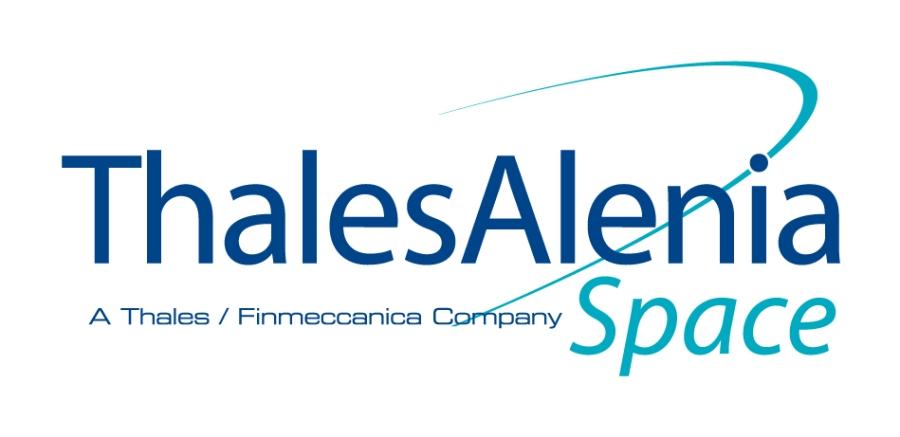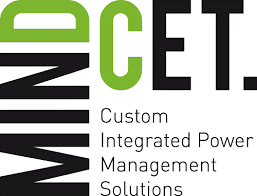
-
StatusCompleted
-
Status date2020-08-14
-
Activity Code4F.124
The objective is to reduce drastically both the recurrent price and the mass of the platform equipment thanks to:
- Integration and standardization - multiplatform approach
- Low cost components by upscreening of industrial / automotive parts combined with radhard dies encapsulated in plastic packages
- Innovative technologies : high power and high power density domains.
In order to address this business objective, the project is built on several work-packages grouped in 3 major themes :
- “Architecture”: requirements, specifications and architecture related to the following domains : Power (EPS & PCDU) , Propulsion (PPU), Avionic, Components and interfaces towards gyro and OBC functions.
- “ Preliminary Design” : preliminary development at module level ( Low and high power PCDU, low and high power PPU , …) and at equipment level (ACE, PACE , HPU).
- “Product Supply Chain and Screening Consolidation “ : focus on the supply chain and screening activities mandatory to reach targeted costs.
The main hardware deliverables of the activity consist in
- A Breadboard of a ACE Housing,
- a TMTC bridge emulator,
- a set of PPU BB , allowing a Coupled test with a RIT2X engine,
- and a a set of PCDU BB.
Prototypes of DPC G1 and High Speed Driver in plastic BGA packages are also deliverable items.
The main challenge for the programme is achieving the drastic cost reduction targets. What is usually requested for a new generation of equipment is a 30% reduction. The main technical challenges are the introduction of COTS and the introduction of new generation of power components such as GaN transistors. The increased proximity between power and low-level functions is also a challenge, as well as the thermal aspects.
The main benefits brought by the project are, from a commercial point of view, the increased competitiveness, through the reduced recurrent cost and mass.
The proposed product consists of the complete integrated multiplatform electronics of a satellite in a coherent and versatile family definition.
As such in the case of a TAS geostationary satellite the perimeter we intend to cover is the equivalent of the PCU + PFDIU + 3/4 PPU’s + SMU (including gyro), representing a total of 4 unit concepts and 6 or 7 individual units. With the new product we intend to reduce this to 2 unit concepts and 2 individual units for the core satellite power range of up to 15kW (14KW payload), or 2 unit concepts and 3 individual units for the maximum satellite power range of up to 30kW (25KW payload).
In the case of a typical earth observation or navigation satellite the perimeter we intend to cover is the equivalent of the PCDU + RTU + 2 PPU’s + OBC + GYRO, representing a total of 5 unit concepts and 6 individual units. With the new product we intend to reduce this to 1 unit concept and 1 individual unit.
In order to do so we are basing the approach on 2 mechanical concepts :
- (P)ACE standing for Power and Avionics Centralised Electronics
- HPU standing for High Power Unit

This figure provides an overview of the product perimeter in its low and medium power version. It gathers functions usually spread in different units, dealing with Power Conditioning, Power Distribution, Power Propulsion, Avionics functions.
The coverage of ARTES C&G contract is limited to TAS-B perimeter and to interface definition with other entities :
- OBC including GNSS, TTC and ASW : interface only
- GYRO : interface only
- Product data handling and scheduling : covered
- Electrical power management and distribution : covered
- Plasmic propulsion power supply : covered
- AOCS and auxiliary propulsion HW management : covered
- Thermal management : covered
- Standard I/O management : covered
Refer to Product features.
The global Project plan is as follows:
- ARTES C&G project (risk reduction phase concerning the use of GaN, COTS components, etc): subject of the present web page
- Further development project(s) to qualify the units preliminary designed in the frame of the ARTES C&G
The Architecture review has been held, providing a product tree and confirming the feasibility (mass, dimensions, electrical & mechanical performances, dissipations) of the modules, as well as firmware sizes and performances.
The target engines for Propulsion electronic has been extended to GIE.
An intensive breadboard test campaign has taken place, dealing with Power Conditioning, TM/TC and Propulsion.
In particular, the electronics necessary for the preparation of a coupling test with a RIT2X engine was successfully tested; the coupled test took place and provided very useful information.
Lots of new technologies have been evaluated in the frame of the project, as well as new components.
The project is completed, but it has paved the way to the design and development, followed by the Qualification of two units (ACE and HPU).




